This article was medically reviewed by Sarah Gehrke, RN, MS. Sarah Gehrke is a Registered Nurse and Licensed Massage Therapist in Texas. Sarah has over 10 years of experience teaching and practicing phlebotomy and intravenous (IV) therapy using physical, psychological, and emotional support. She received her Massage Therapist License from the Amarillo Massage Therapy Institute in 2008 and a M.S. in Nursing from the University of Phoenix in 2013.
There are 16 references cited in this article, which can be found at the bottom of the page.
This article has been viewed 24,896 times.
Ear drops are often used to treat ear infections and impacted wax. Ear drops are easy and safe to apply, but you must keep the medicine in the ear for a few minutes. If you are administering ear drops to a child, make sure to calm the child so that they stay still and keep the medicine in their ear. Always read the instructions on the label for proper dosage instructions.
Steps
Applying Ear Drops to Yourself
-
1Warm the ear drops in your pocket or hand. Ear drops need to be at room temperature. If the bottle feels cold, you can warm it up by placing it in your pocket for 15 to 20 minutes or by rolling it in your palm for 2 to 3 minutes.[1]
- If your ear drops are labeled a “suspension,” you should also shake the bottle for 10 seconds.
-
2Lie on your side or tilt your head. It is best to lie down, but this can make it more difficult to apply ear drops on yourself. If you cannot lie down, tilt your head to the side as far as you can. In both cases, the affected ear should be facing up.[2]
- You may want do this in front of a mirror so that you can see what you are doing.
Advertisement -
3Tug your ear backwards and up. Lightly grasp the outer flap of your ear to pull your ear backwards and up. This will open up your ear canal so that the medication can reach the affected area.[3]
- Remember that this step is only for adults and children over age 3.
- Visually examine the outside of the ear for any thick yellow or green discharge, cloudy white pus, or blood. If drainage is present, consult your doctor to determine if you should proceed with administering the drops.
-
4Apply the prescribed number of drops. While tugging the ear canal open, use your other hand to apply the drops. Hold the applicator tip or dropper just outside of your ear canal. Slowly squeeze to release a drop. Do not squeeze too hard or you may apply too much.[4]
- The label of the ear drops should tell you how many drops you need.
- If you are using a dropper, fill it with medicine by squeezing the bulb while the dropper is still in the bottle. When you release the bulb, the dropper will fill with medicine. Squeeze the bulb again to apply the drops.
- If you are using an applicator bottle, just take off the cap and squeeze the body of the bottle to apply the medicine.
-
5Rub the outside of your ear. Keep your head tilted. There is a small triangle of cartilage called the targus just over the entrance of your ear. Press this down over your ear canal and massage 10-20 circles into it. This will help the medicine go down your ear.
-
6Wait 2-3 minutes for the medicine to absorb. Set a timer if you need to. Your head should remain tilted so that no medicine leaks out of your ear. After your time is up, you can wipe away any extra medicine on your ear and continue with your day.[5]
- If you can't keep your head tilted, you can plug the ear with a cotton ball. Keep the cotton ball in for 2-3 minutes.
-
7Repeat the process as directed by the label or your doctor. The label should tell you how often to apply the ear drops and how long the drops should remain in the ear. If it doesn't, consult your doctor. Do not use drops more often than directed.[6]
- If you are using the ear drops for an infection, make sure you use the full round of medication, even if you start feeling better.
Treating a Child with Ear Drops
-
1Make sure that the drops are room temperature. If the bottle is too cold, place it in your pocket for 15 to 20 minutes to warm it up. You can also roll the bottle in your hand for a few minutes.[7]
-
2Ask the child to lie on their side with the affected ear up. They can lie on a bed or couch. You may prop their head on your lap. Make sure that their head is lying flat so that the ear drops do not leak out of the ear.[8]
-
3Tug the child's ear so that the ear canal is open. If the child is under 3, gently pull the earlobe down and back. If they are over 3, tug the top of the ear up and back.[9]
- Examine the ear for any unusual discharge before administering the drops. If you see any, wait to administer the drops and consult your doctor. They can determine if you should give the drops or not.
-
4Apply as many drops as prescribed. The bottle should state exactly how many drops the child needs. Gently squeeze the bottle to produce drops. If you squeeze the bottle too hard, you may dispense too many drops.[10]
- If your child is very young, they may squirm or cry. Try to soothe them by singing or talking to them as you give them the drops.
-
5Massage the skin in front of the ear canal. Press down and move your finger in circles. You can do 10 or 20 rotations to make sure that the medication is going down the canal.
- The child may hear squelching or crackling noises. Tell your child that these are normal.
-
6Keep the child still for another 2 minutes (or the length of time indicated). This just ensures that the medication is absorbed completely. After 2 minutes, they can get back up and play.[11]
-
7Reapply as directed. The label will state how often you need to apply the ear drops. Do not use the ear drops more than directed. If the ear is infected, complete the full course of antibiotics. Do not stop early, even if the child says they feel better.[12]
Increasing the Effectiveness of Ear Drops
-
1Flush out the ear if you are using ear wax softener. After a few treatments, fill a large bulb syringe with lukewarm water. Tilt the affected ear over the sink and press down on the bulb to flush out the ear with the bulb. You may notice little bits of ear wax coming out.[13]
- Do not do this if you are using ear drops for an ear infection.
- You can get a bulb syringe at a drugstore or pharmacy.
- The water should drain out of your ear as you flush. If it does not, stop flushing and contact a doctor. Your doctor can flush the ears for you.
-
2Avoid getting water in your ear while being treated for an infection. Do not go swimming while treating an ear infection.[14] While showering, you can prevent water from going in your ear by plugging it with a cotton ball. Cover the outside of the ball with Vaseline.
-
3Store the ear drops at room temperature. Choose a dry, dark location, such as a cabinet, to store your ear drops. Do not freeze or refrigerate the bottle unless otherwise directed by your doctor.[15]
-
4Throw the ear drops out when they have expired. Your ear drops should have an expiration date on the bottom of the bottle or on the label. Expired ear drops can develop bacteria that might cause a new infection.[16]
- In some cases, you may be advised to throw out the ear drops 4 weeks after opening. Write the date you opened it on the bottle with a marker to help you remember.
- If you used the drops to treat an ear infection, you may just want to toss the bottle after you have completed treatment to prevent reinfection.
Warnings
- If you accidentally use too much ear medication, contact your doctor for further assistance.⧼thumbs_response⧽
- If you develop red, itchy, painful, or swollen earlobes, visit your doctor as soon as possible.⧼thumbs_response⧽
References
- ↑ https://www.safemedication.com/how-to-use-medication/ear-drops
- ↑ https://www.drugs.com/cg/how-to-use-ear-drops.html
- ↑ https://www.safemedication.com/how-to-use-medication/ear-drops
- ↑ https://www.safemedication.com/how-to-use-medication/ear-drops
- ↑ https://www.healthhub.sg/a-z/medications/141/use-your-ear-drops-the-right-way
- ↑ https://www.drugs.com/cg/how-to-use-ear-drops.html
- ↑ https://www.healthychildren.org/English/safety-prevention/at-home/medication-safety/Pages/How-to-Give-Ear-Drops.aspx
- ↑ https://kidshealth.org/en/parents/ear-drops.html
- ↑ https://www.healthychildren.org/English/safety-prevention/at-home/medication-safety/Pages/How-to-Give-Ear-Drops.aspx
- ↑ https://kidshealth.org/en/parents/ear-drops.html
- ↑ https://www.healthychildren.org/English/safety-prevention/at-home/medication-safety/Pages/How-to-Give-Ear-Drops.aspx
- ↑ https://www.drugs.com/cdi/ciprofloxacin-ear-drops.html
- ↑ https://health.clevelandclinic.org/ear-wax-removal-101-the-best-and-safest-ways-to-clear-clogged-ears/
- ↑ https://www.cdc.gov/healthywater/swimming/swimmers/rwi/ear-infections.html
- ↑ https://www.healthhub.sg/a-z/medications/141/use-your-ear-drops-the-right-way
- ↑ https://www.healthhub.sg/a-z/medications/141/use-your-ear-drops-the-right-way
- ↑ https://medlineplus.gov/ency/article/000979.htm
- ↑ https://medlineplus.gov/ency/article/000979.htm
About This Article
To use ear drops, start by rolling the bottle between your palms for a few minutes since ear drops need to be room temperature to work. Then, lie on your side or tilt your head so your affected ear is facing up, and tug your ear backward and up to open up the canal. Next, hold the ear drops bottle above your ear, and slowly squeeze it to release a drop. Finally, massage your outer ear a few times, and keep your head tilted for a couple minutes so the drops have time to absorb. For more tips from our Medical co-author, like how to apply ear drops to a child, scroll down!
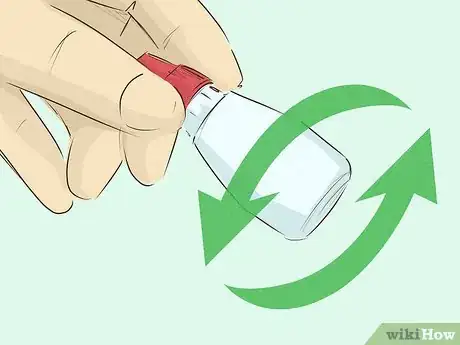
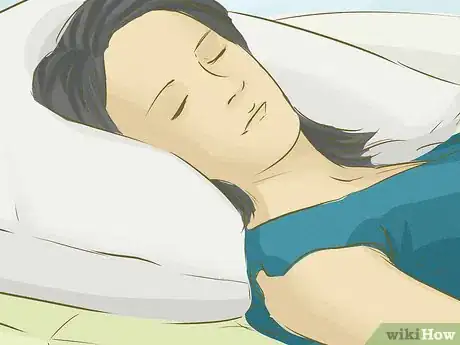
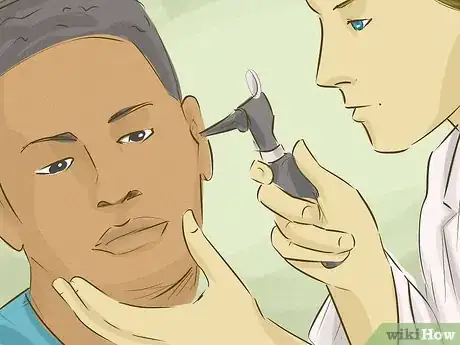
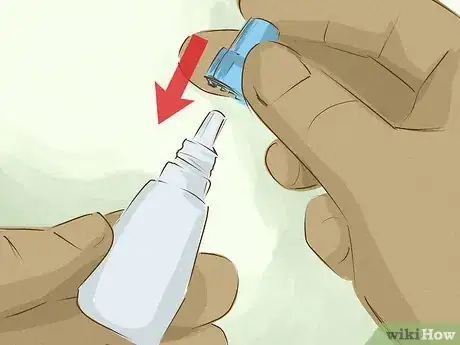
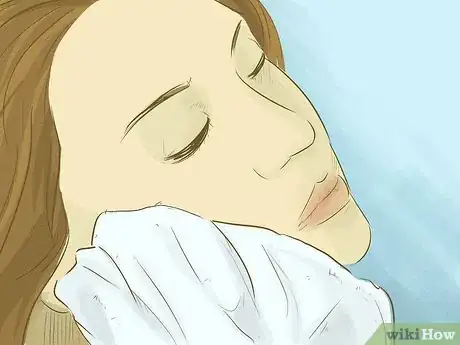

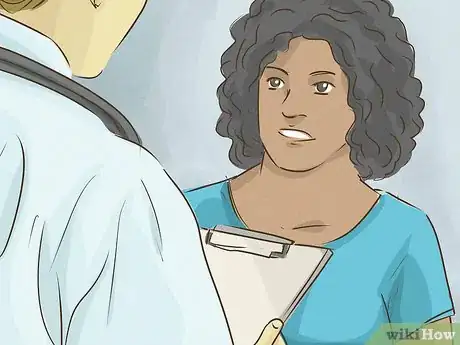
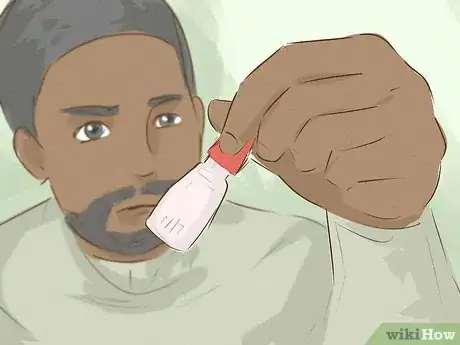
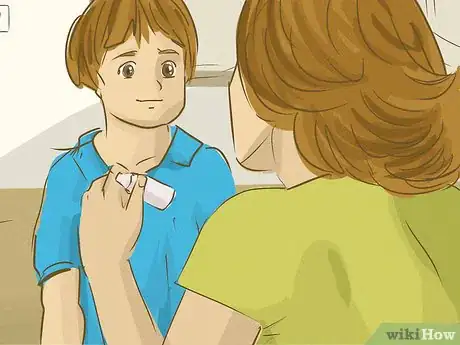
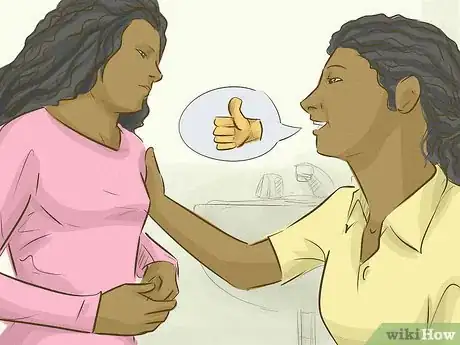
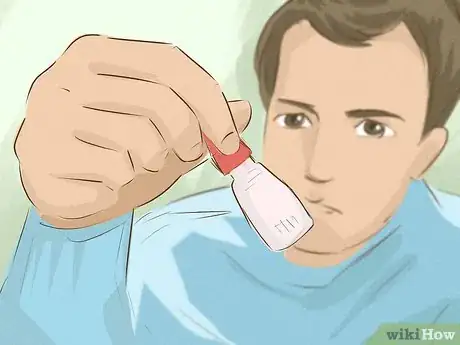
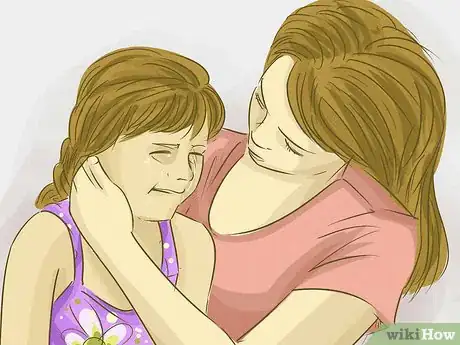
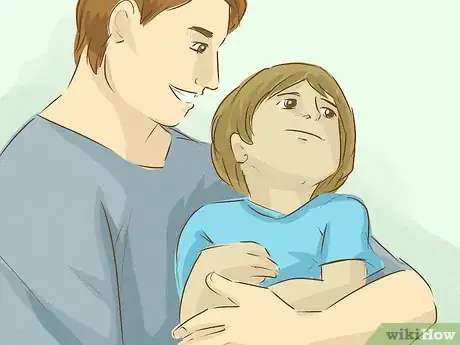
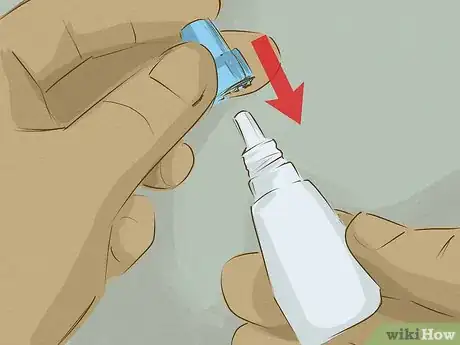


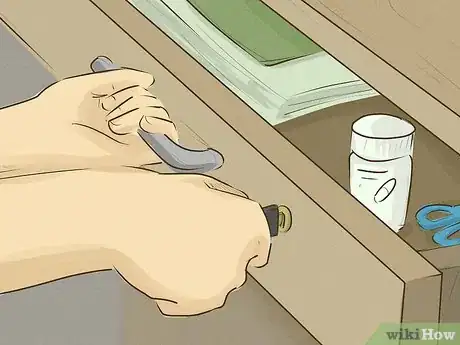
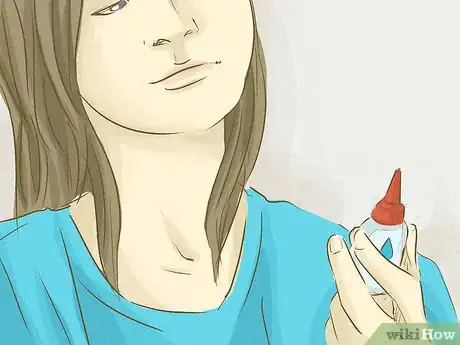

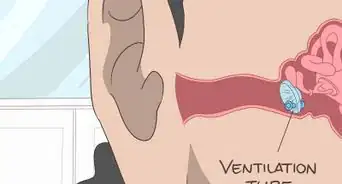





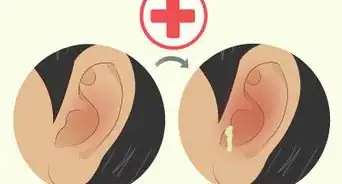
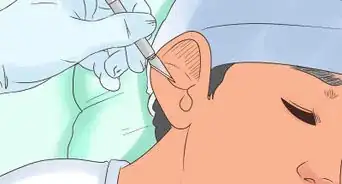
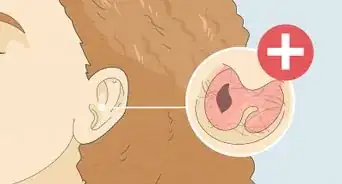
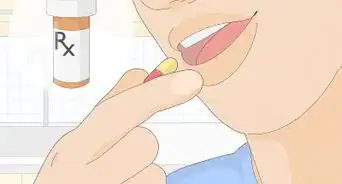











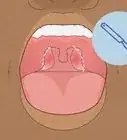




































Medical Disclaimer
The content of this article is not intended to be a substitute for professional medical advice, examination, diagnosis, or treatment. You should always contact your doctor or other qualified healthcare professional before starting, changing, or stopping any kind of health treatment.
Read More...